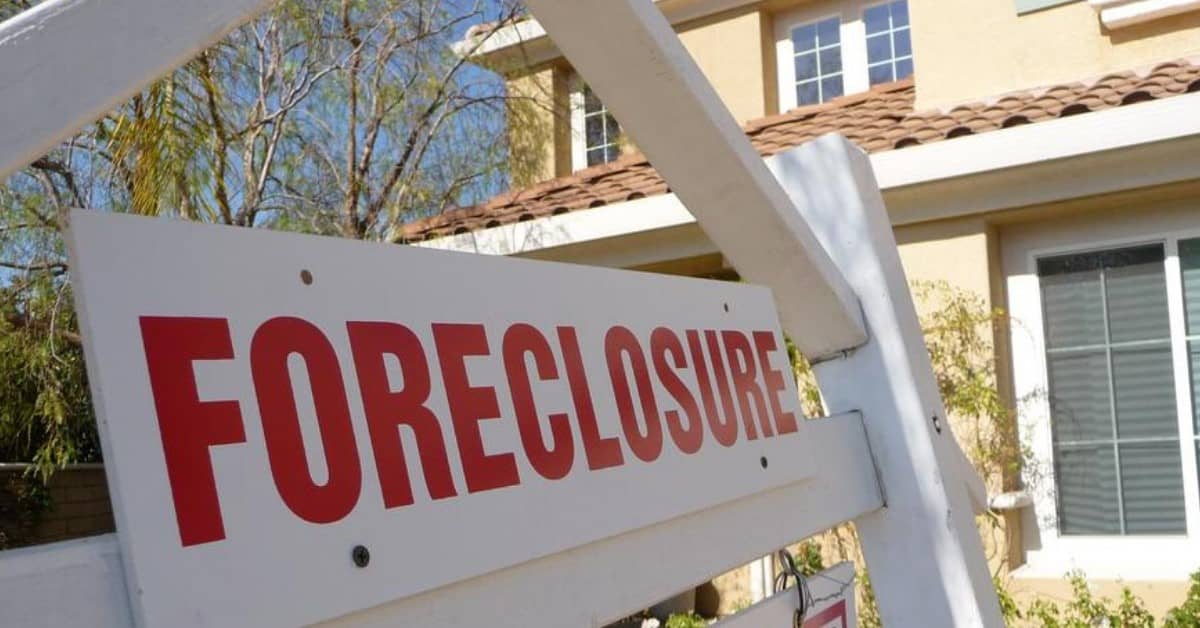As we slowly approach May 1, the construction of the new SunRail railway project is looking to shift into another gear, with increased progress being made in its second phase. It is believed that the Florida Department of Transportation will look to provide yet another update on the status of the project to the Volusia County Commission on March 13. Design options for the northern Phase 2 that will run from DeBary to DeLand is said to be the topic of discussion. The cost of constructing the northern phase is estimated at approximately $60.5 million, a significant percentage of the cumulative cost of $1.3 billion.
Bright prospects
The reason why so much has already been invested into the SunRail project is that it is said to spur employment within the communities of Southern Florida, creating over 261,000 jobs. Moreover, it is also estimated that the project will create an economic turnover of $8.8 billion over a thirty-year period from when SunRail becomes fully operational. The project will also provide commuters with a reliable alternative to using Interstate 4, which is to undergo its own overhaul beginning at the end of this year.
Realtors in Orlando believe that residential projects around the SunRail line are likely to get a boost. According to Orlando real estate agents, an increase has been seen in the demand for houses near the SunRail project. It means that infrastructural projects of this kind not just help the residents but also aid the real estate market.
The first phase of SunRail spans 31 miles and is said to become operational in under two months. The phase includes twelve different stations between Sand Lake Road, Orange County and DeBary in Volusia County. It also moves 17.2 miles southwards from Sand Lake Road toward Poinciana in Osceola County, passing a further four stations. Moreover, there is also a 12-mile alignment in the north that will require building a brand new station beside the Amtrak station located in DeLand.
Federal funding of $63 million
President Obama’s fiscal budget for 2015 saw the second phase of the project receives approval, with approximately $63 million in federal funding allocated to it. While the budget is yet to be approved by Congress, there is certainly much to look forward to for SunRail advocates.
In related news, the Lake Mary SunRail station is still awaiting approval on a request for an additional $30 million in federal funding for its north alignment. Nevertheless, the project still seems to be making progress despite the fact that designs have not yet been drawn up.
A number of train tours have been planned to promote the SunRail experience, which will be held in the first phase. There will also be free train rides available between April 15 and 18, and 21 and 24.





